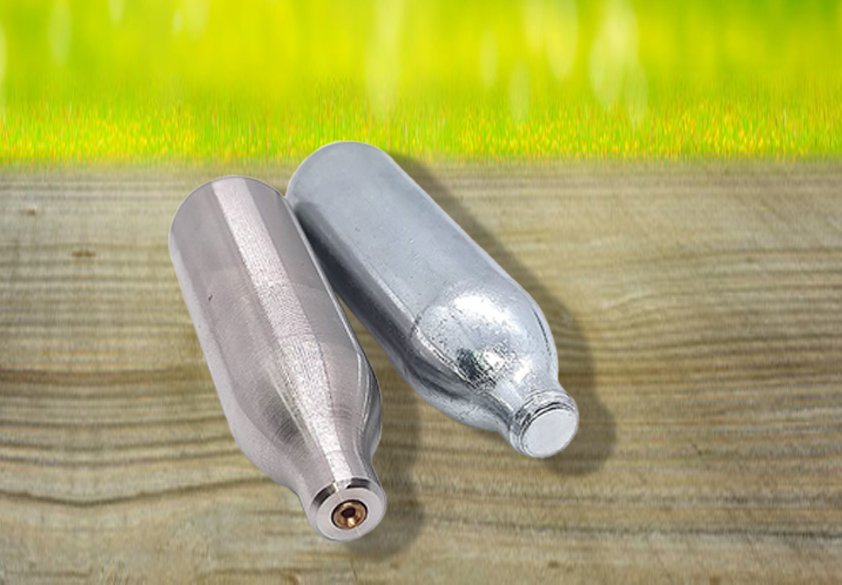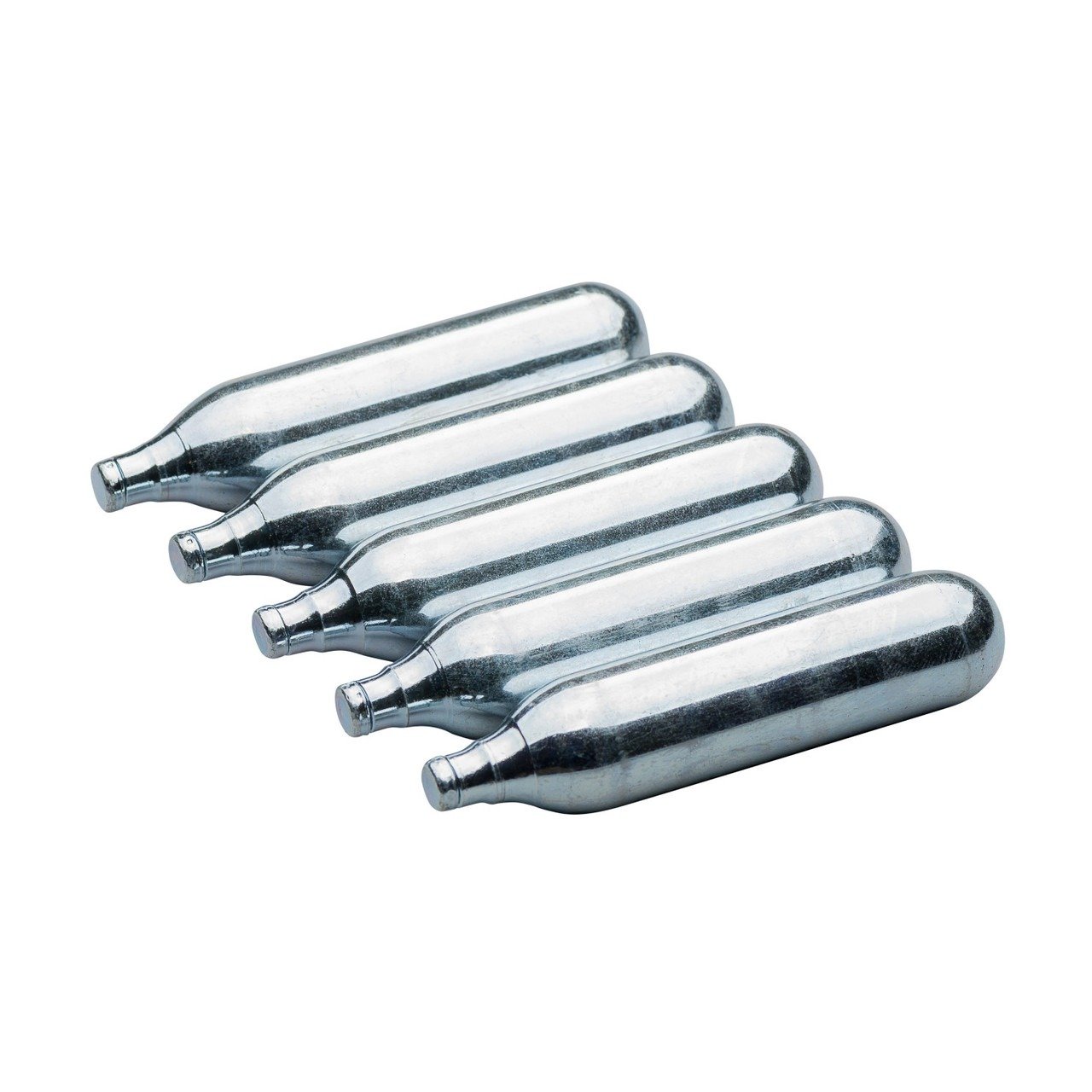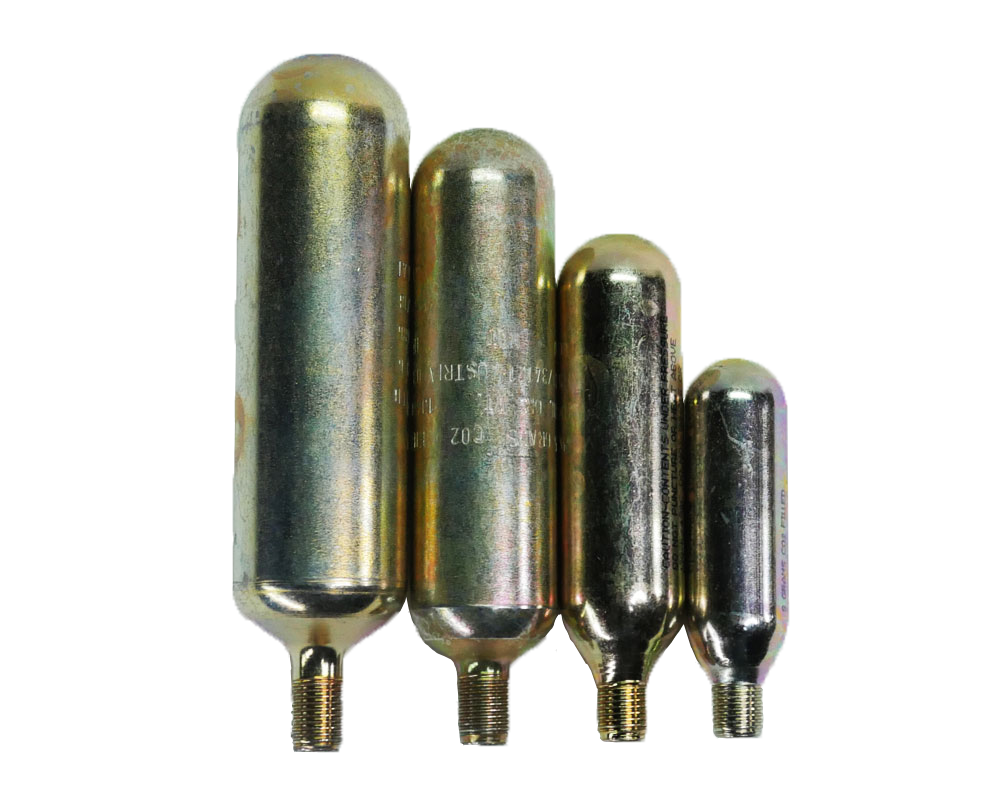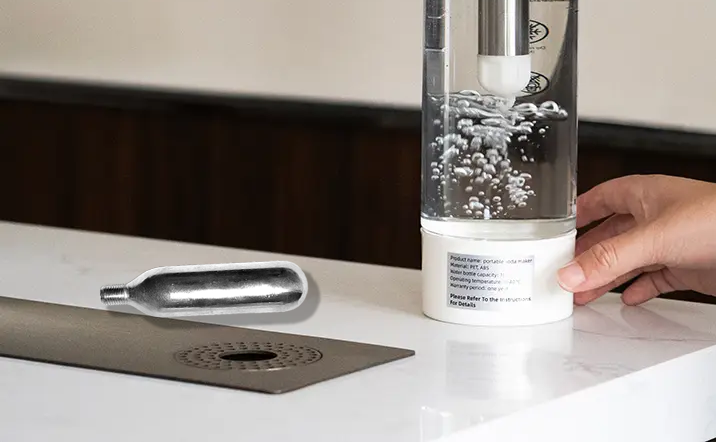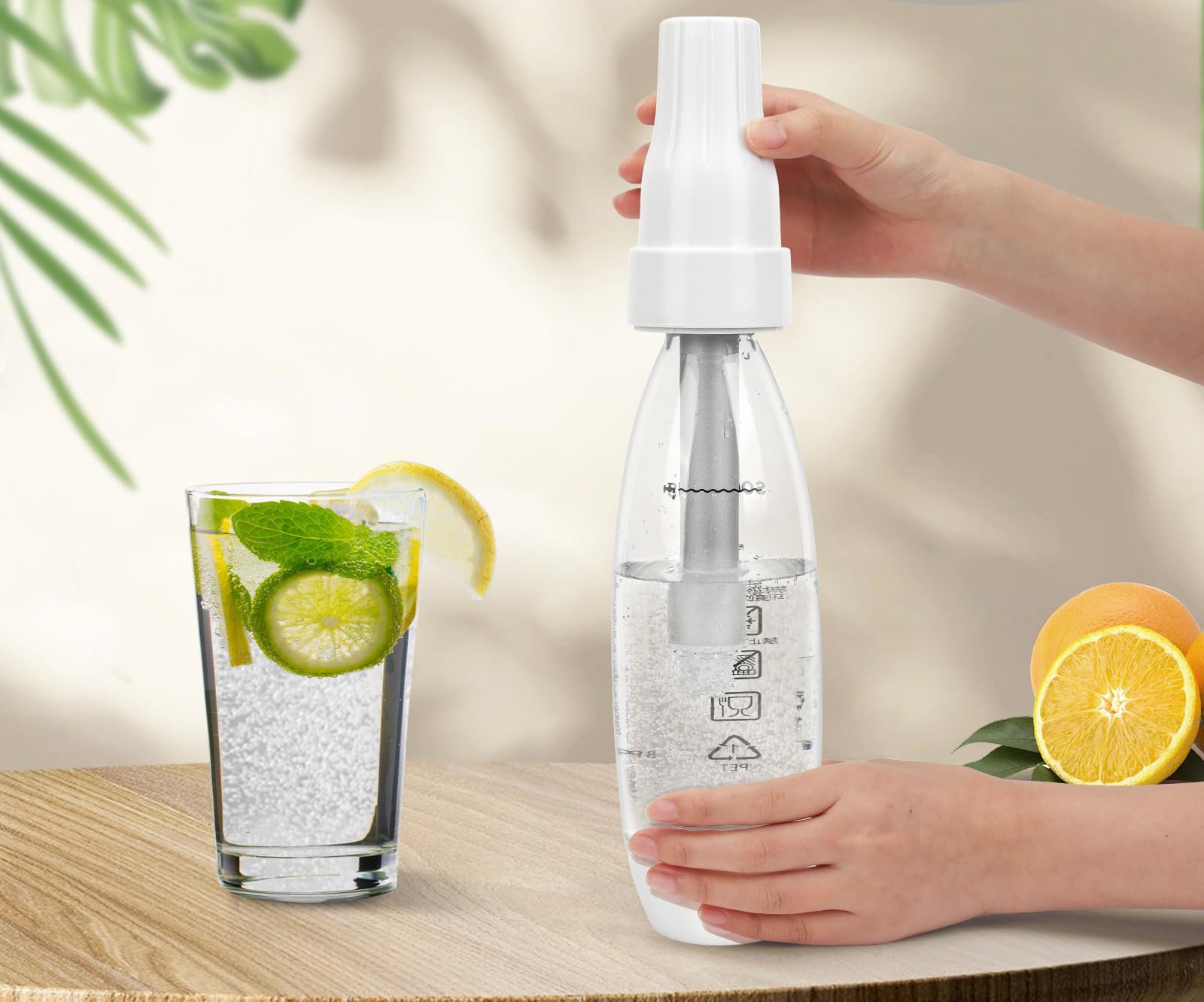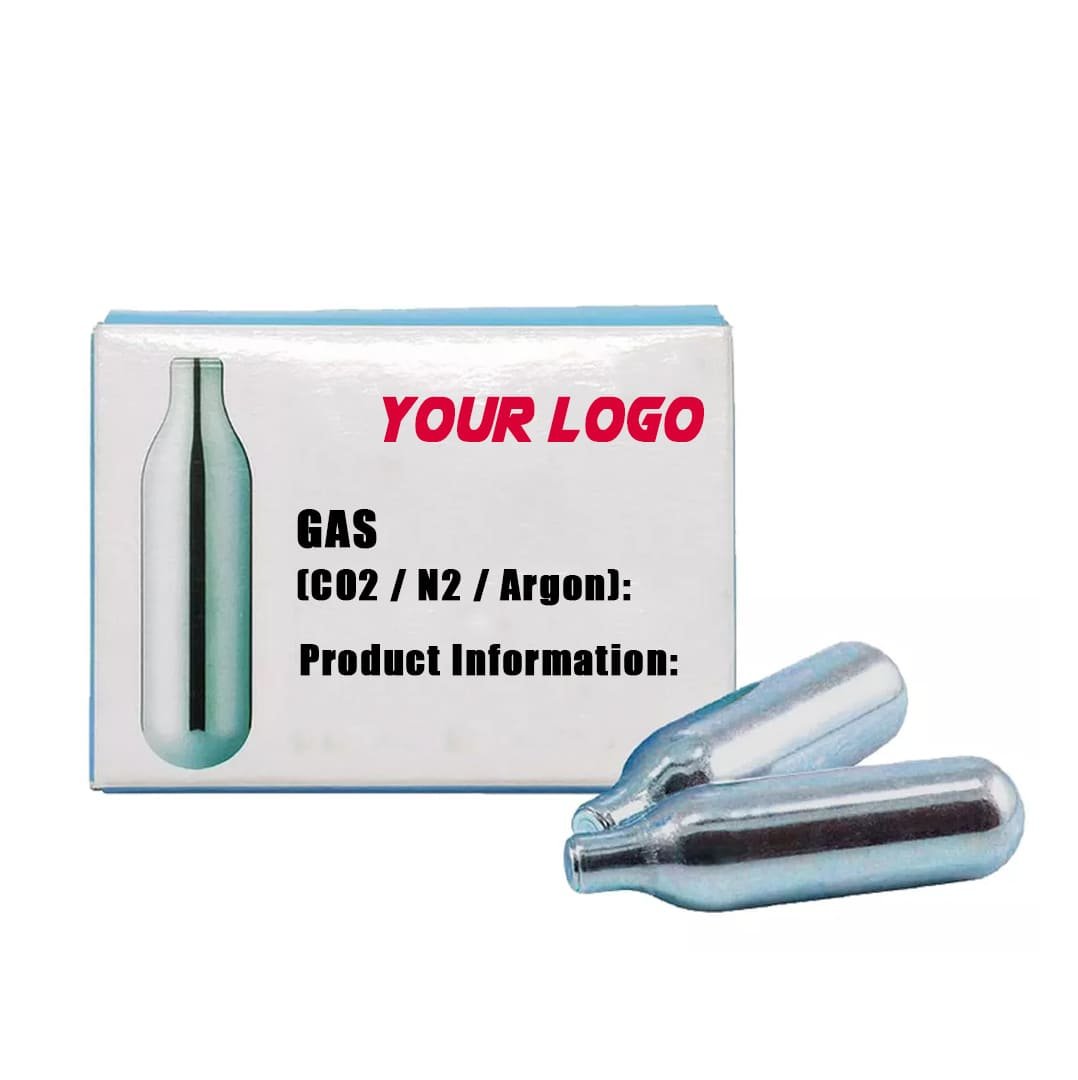For OEMs and distributors across outdoor gear, beverage dispensing, and safety equipment industries, ease of CO2 cartridge replacement is often the difference between a smooth user experience and costly customer complaints.
Even the most high-performance cartridge becomes a liability if end users find it difficult to install. In this guide, we explore what makes some cartridges easier to replace—and how to make smarter sourcing decisions for your application.
Threading Interfaces Make All the Difference
One of the most decisive factors in cartridge usability is the thread type. Different industries rely on different standards:
- 3/8″-24 UNF – common in bike inflators and airguns
- 5/8″-18 UNF – found in high-capacity models like 88g
- M10 / M12 metric threads – often used in European or custom OEM designs
- Bayonet / snap-on – tool-free, fast, but less standardized
Each thread affects how easily the cartridge aligns, tightens, and seals. A poorly aligned thread can frustrate users or even cause gas leakage.
Thread types like UNF, metric, or bayonet interfaces aren’t just mechanical details—they’re governed by standardized engineering conventions across regions and industries. For instance, the valve standards used in gas cylinders are often the basis for how cartridges are designed, sealed, and connected.

Size Affects Handling—and Perception
Cartridge size not only determines capacity but also impacts how easy it is to install. Smaller units like 8g and 12g are lighter and easier to grip, especially for consumer-facing products such as soda makers. Larger cartridges—33g, 45g, 88g—may offer longer use but often require more torque, steadier hands, or even tools to secure.
Here’s a quick comparison by application:
| Application | Common Sizes | Ease of Replacement |
|---|---|---|
| Airsoft / Paintball | 12g, 16g | ✅ Tool-free, quick load |
| Soda Maker | 8g, 16g | ✅ Easy for consumers |
| Drain Gun | 16g, 24g | ⚠️ Requires alignment |
| Life Jacket | 24g, 33g, 45g | ⚠️ Must be tightly sealed |
For detailed comparisons of sizes, threading, pressure ratings, and compatible packaging, you can refer to our CO2 cartridge specifications and shipping information.
What OEMs and Distributors Should Look For
When designing a system or evaluating a supplier, ask yourself:
- Is the cartridge tool-free?
- Are instructions clear and language-neutral?
- Is the thread type standardized across SKUs?
- Can grip texture or color coding assist field use?
- Is it intuitive enough for untrained users?
If you’re targeting industrial or field scenarios, remember that ease of replacement is a usability feature—not just a technical specification.
Final Thought
An easy-to-replace CO2 cartridge isn’t a bonus—it’s a competitive edge. For OEMs and B2B buyers, taking the time to understand cartridge ergonomics, threading, and user interaction can reduce returns, increase satisfaction, and strengthen brand trust.
At Alizee, we specialize in CO2 solutions for airsoft kits, soda systems, rescue equipment, and more. Our cartridges are designed with replaceability, compatibility, and customization in mind—because the best product is the one that works perfectly in the hands of your customer.

